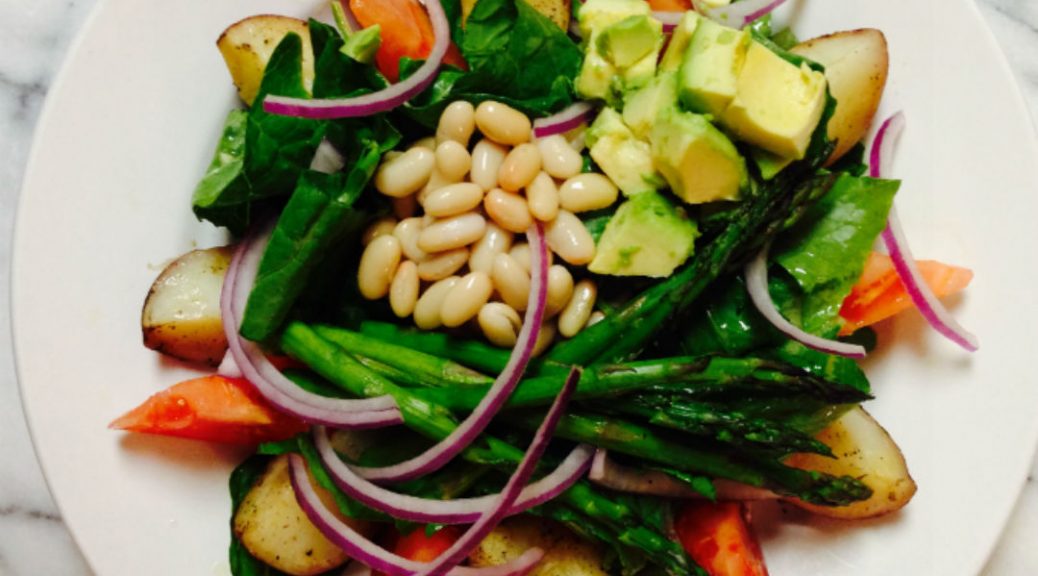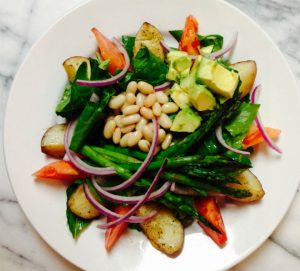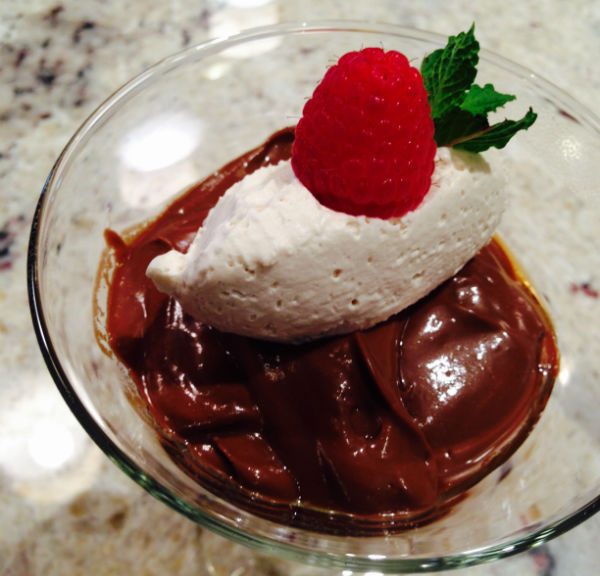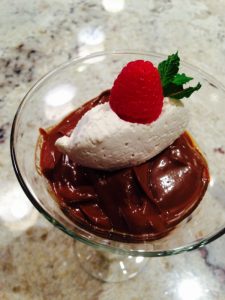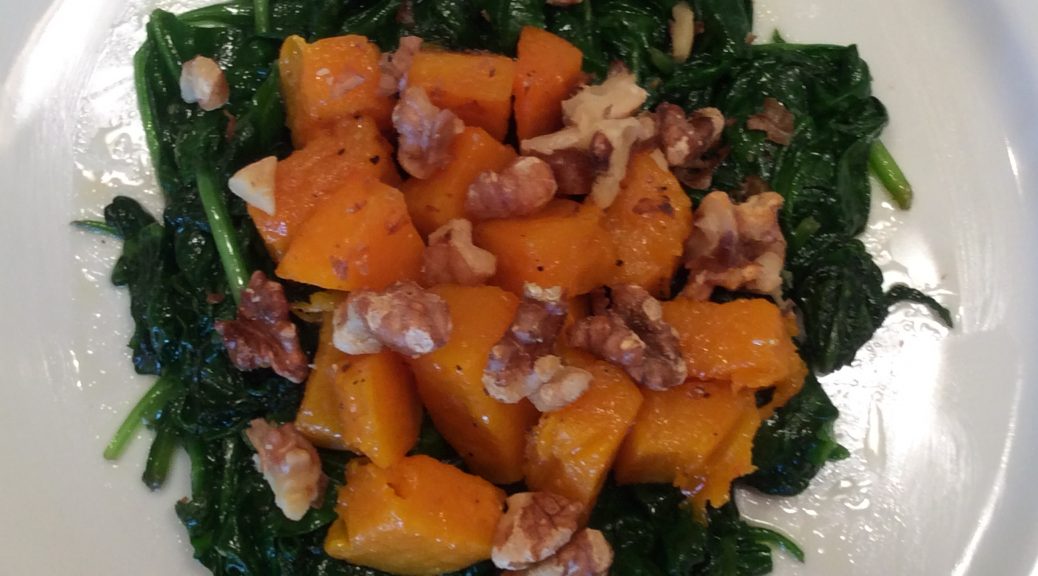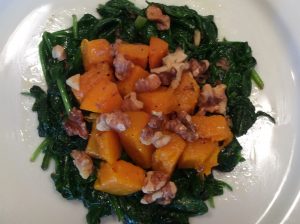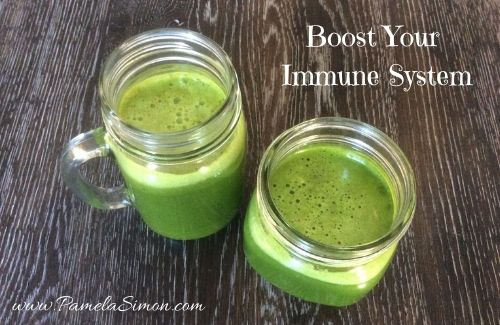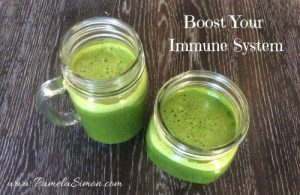Holiday Salad – 2 Ways
Gluten-Free & Dairy-Free
This salad came to fruition one day as I opened my refrigerator and tried to find something for lunch. I had a bunch of leftovers from the previous nights dinner and started throwing everything together on a plate. I added some fresh heirloom tomatoes and avocado.
Over time I’ve enjoyed this salad many ways. I use different salad dressings, depending what I have a taste for that day, and I’ve served it both ways, with the potatoes and asparagus warm or cold.
Basically any way you choose, it tastes great!
This would make an awesome addition to any holiday dinner!
Which dressing does Chef Walter choose when he eats this salad?
He prefers to dress his salad with the cider vinaigrette while his wife enjoys the white miso vinaigrette.
Our house is divided as well, that’s why it’s so nice to have options!
Serves 4
Ingredients
1 bunch Standard (Pencil) Asparagus Spears
1/2 teaspoon Sea Salt
1/4 teaspoon black pepper
1/2 – 3/4 cup Organic Vegetable broth
4 cups Organic Red Potatoes, washed, cut into quarters 1/2″ thick
1 tablespoon Olive Oil
3/4 teaspoon Sea Salt
1/8 teaspoon Black Pepper
3/4 cup Organic Vegetable Broth (low sodium)
2oz Baby Arugula
2oz Mixed Greens
2oz Organic Romaine Lettuce
1 -2 Large Heirloom Tomato diced or cut into small wedges
1 Ripe Avocado
1/2 Red Onion sliced
1 can Organic Northern Beans, drained & rinsed (optional)
|
|
For the Red Potatoes:
Pre-heat oven to 450 degrees. Put in bowl potatoes, olive oil, salt and pepper. Toss potatoes to coat all of them with oil and seasonings. Put in 3-4 qt casserole dish, pour vegetable broth over potatoes.
Cover and put in oven for 40 minutes. Toss halfway through.
When potatoes are done you can assemble salad to eat immediately, but also put some in the fridge and eat cold the next day.
For the Asparagus:
Wash and trim ends of asparagus, about two inches, discard the asparagus stems.
Place the asparagus spears in a large sauté pan, add 1/2 -3/4 cup organic vegetable broth.
Sauté over medium heat, sprinkle salt and pepper evenly over asparagus.
When the broth begins to boil reduce heat and cover for 3 minutes to lightly steam asparagus.
I like my asparagus slightly crunchy, especially if it is to be saved for the next day.
To Assemble The Salad:
Wash, rinse & dry the romaine lettuce. Toss with baby arugula & mixed greens. Add one of the vinaigrettes. Divide onto 4 plates. Cut your heirloom tomatoes into small wedges and cut your red onion into thin slices. Seed, dice and scoop the avocado onto the dressed lettuce. Next, add your warm potatoes & asparagus spears. Arrange your salad any way you like!
ENJOY!
Here are some of the nutritional benefits this salad provides:
Apple Cider Vinegar:
There are numerous benefits to apple cider vinegar, but I like it for the benefits it offers my digestive system. It’s beneficial in building up good bacteria in your gut and helps to build (or maintain) hydrochloric acid which is vital and necessary for the proper digestion of food.
Avocado:
Avocados are a staple in my home and they are packed with nutrients. They are an excellent source of potassium and have an assortment of vitamins such as: B-vitamins, Vitamin A, and Vitamin E. One of the key benefits the avocado provides is it contains the essential fatty acids necessary for brain function, as well as growth and development. Our body can’t make essential fatty acids so it’s imperative we get these good fats by making healthy food choices!
Asparagus:
Very good source of Vitamin A and C. Good source of some major minerals: calcium, iron and potassium. Excellent source of dietary fiber. It also contains almost 3 grams of protein per cup.
Beans:
Beans offer the benefits of an array of vitamins and minerals, but they are mostly known as an excellent source of dietary fiber and protein.
Leafy Greens:
Leafy greens provide an excellent source of Vitamin A and K. (Vitamin K is necessary for the absorption of calcium) Leafy greens also provide iron, folate and potassium, although the amounts vary by choice of green. General rule of thumb, the darker the green the better!
Potatoes, Red, baked with skin on:
Potatoes have gotten a bad rap over the years, however, with the skin on potatoes offer an array of vitamins and minerals. They are an excellent source of potassium. Another good source of protein and fiber. Contains essential minerals; calcium, iron, magnesium and phosphorus.
Fermented Soy products:
While there is a lot of controversy surrounding soy products today one indisputable truth is that fermented soy products such as: miso, tamari and tempeh (to name a few) are actually VERY beneficial to our over-all health. The only caveat is that it must be organic. Soy is one of the highest genetically modified crops in the United States and I am not a fan of GMO’s.

